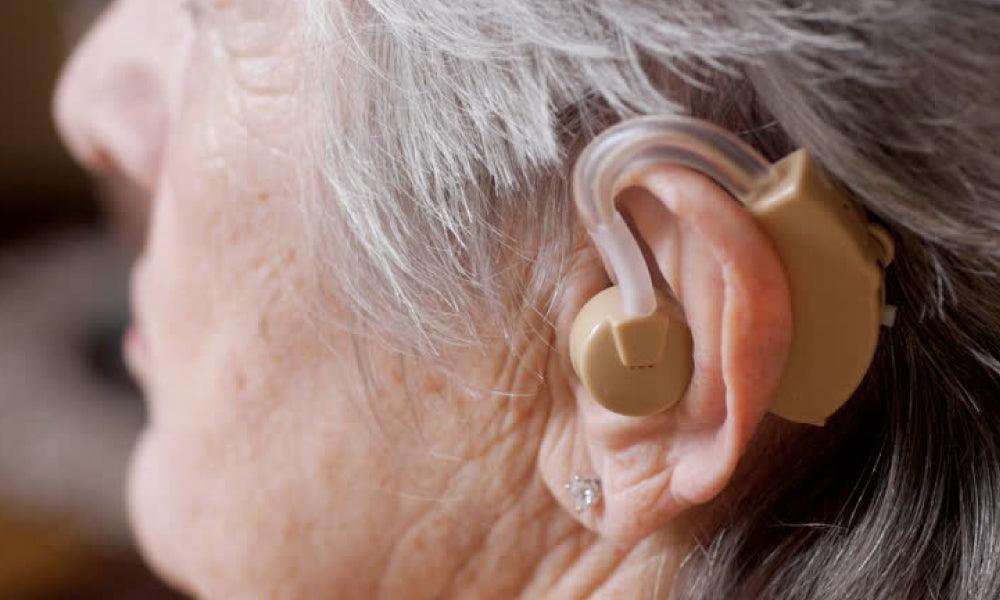Hearing aids and amplifiers have a tremendous impact on people suffering from hearing loss issues. These devices can make a difference if you utilize them appropriately. Loss of hearing can somehow harm your sense of speaking and affect your memory too.
In the United States, more than 28.8 million grownups have taken advantage of hearing aids and hearing amplifiers. Only 50% of them chosen to wear these devices, and the rest disregarded or considered it excessively expensive.If you’re struggling with these issues, take a look at both types of devices and use the one that helps you.
A hearing aid is an electronic device designed to improve your hearing. It is small so that you can wear it quickly. The essential function of it is to assist you in hearing correctly without having inconvenience. Specialists prescribe these devices according to the patients' records.
It is essential to understand that both are the same; just a slight difference is that amplifiers are used for less complicated issues, and the other is more complicated. Let's discuss the types of both devices in the US.
In the ear (ITE)
ITE aids or amplifiers are custom-made, and they can perfectly fit inyour ear canal. These are digital hearing aids, and the US has started adapting digital ones more. The ITE aids are highly comfortable to wear. They work great for mild to severe hearing loss, but specialists suggested that these are not for young kids as their ears are still growing.
In the canal (ITC)
It is a small, lightweight device placed inside the ear canal. ITCs can perfectly fit inside the ear as they are made according to the size of the ear. They are easy and comfortable to use. This device is best for mild to mild hearing loss.
Receiver in canal (RIC)
RIC aid has a diverse component at the backside of the ear that interfaces to the receiver in the ear canal with abit of wire. The low-frequency sounds can reach the ear effectively, and the high-frequency sound is amplified when reaching the ear. They are also small in size. The RIC aid is for mild to moderate hearing loss.
Behind the ear (BTE)
BTE aids have a hard plastic case behind the ear. An earmold is fitted inside the outer ear and directs sound straight to the ear canal. BTE aids are battery compartment, microphone, and controls; they are set in a container that is fixed behind the ear.Specialists suggest this type of device to young ones as it's easy to clean.
BTE aid has elevatedamplification capability, and this device is easy to maintain. This type of hearing aid costs less as compared to the other ones. Mini BTE aids are the same, but they are micro in size, and they prevent wax from building up so you can hear all the voices clearly without any trouble. This type of device is not for everyone.
In the US, starting from a young, adult, and old age people, every third of them is wearing a hearing amplifier or aid. Hearing loss travels from genes to genes as well. When finding the best hearing aid, always consider the specialist as they can guide you better.





Share:
Hearing Aid Glitches – 6 Signs that you need an Immediate Repair
Digital Hearing Aids – 5 Features And Functions You Must Know